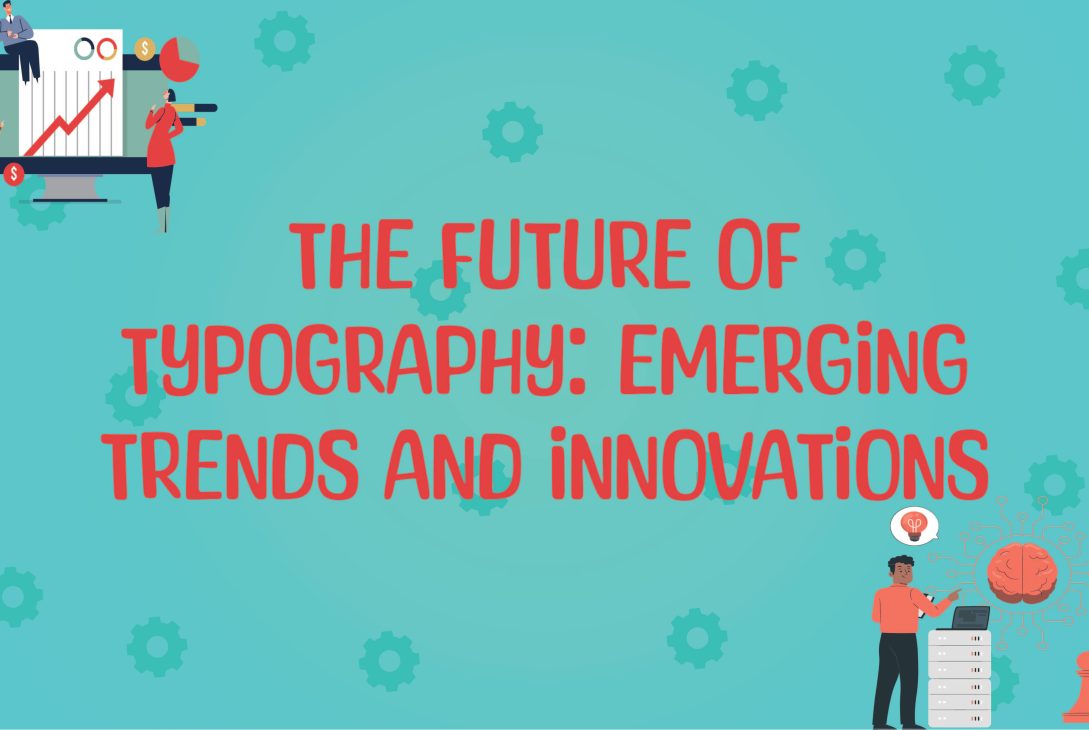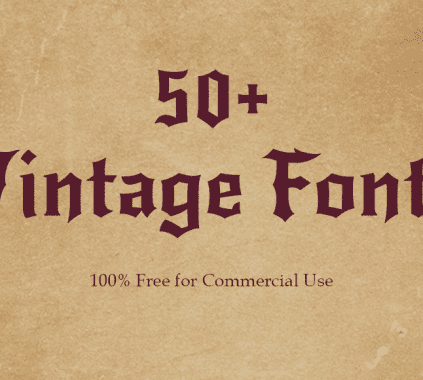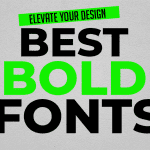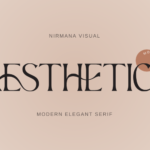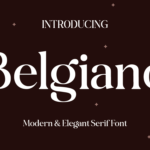The arranging of text to make it look nice/good and easy to read is called Typogaphy. First one was Gutenberg’s movable type. Then came digital fonts. Now, new technology is changing things again. Let’s see these exciting updates and how they shape the future of typography. Let’s look at these exciting changes.
1. Variable Fonts: Flexible and Adaptable
Apple, Google, Microsoft, and Adobe launches variable fonts back in 2016. They are unique because one font file can include many different styles. This means you can easily adjust how thick or wide the
Benefits of Variable Fonts:
- Smaller File Sizes: One variable font file can replace many regular font files. This makes websites load faster.
- Responsive Design: Variable fonts adjust to different screen sizes. This makes sure they look good on all devices.
- Creative Flexibility: Designers can tweak fonts to match their exact needs. This creates unique and dynamic designs.
Becasue of their flexibility and efficiency more developers and designers will use variable fonts in future.
2. AR and VR
AR and VR are becoming very popular . These technologies are now used in design and typography. In AR and VR, text needs to fit into 3D spaces.
Key Innovations:
- Spatial Typography: Text can be placed in a 3D space. This lets users interact with it in new ways.
- Dynamic Text: In AR and VR, text can change based on user actions. This makes the experience better.
- Legibility Challenges: Designers need to make sure text is readable in 3D. They have to consider depth and perspective.
As AR and VR grow, designers will learn new skills to create effective typographic experiences in these environments.
3. Typography through AI: Automation and Customization
Artificial Intelligence (AI) is improvising many things and typography is one of them. AI tools can now help by doing some tasks automatically. They can give design suggestions and even create new, custom fonts for you. This makes designing with text easier and more personalized.
Examples of AI in Typography:
- Font Selection: AI can analyze a website’s content and suggest suitable fonts.
- Typography Assistants: Tools like Adobe Sensei use AI to help with font choice, kerning, and line spacing.
- Custom Font Generation: AI can create unique fonts based on user input or existing designs.
AI in typography will make the design process faster and easier, offering new levels of customization.
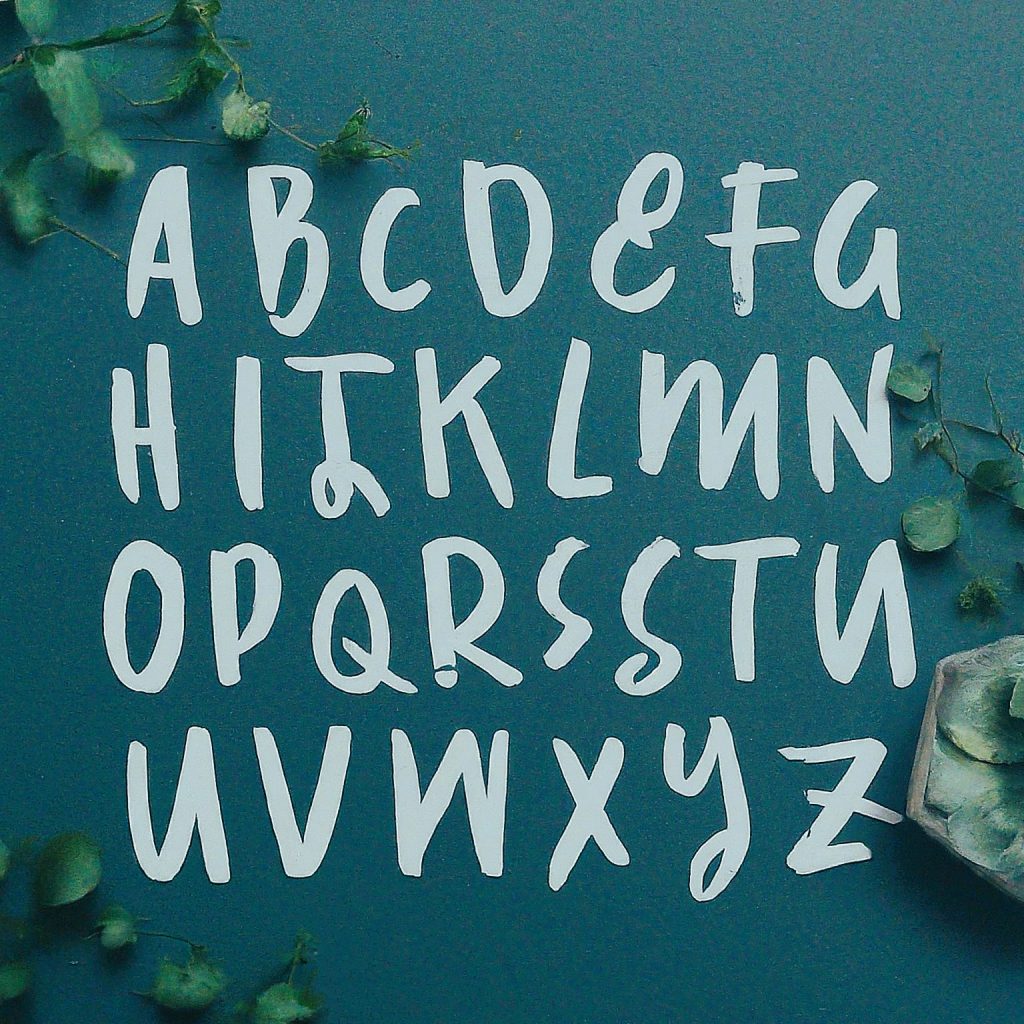
This image was generated by AI
4. Eco-Friendly Typography: Green Design Practices
Green typography is a conscious choice to reduce environmental impact through font selection and design principles.
How it helps:
- Conserves resources: Simple fonts use less ink, and efficient layout saves paper.
- Reduces energy consumption: Digital fonts and optimized designs minimize energy use.
Key principles for eco-friendly design:
- Simplicity: Opt for clean, minimalist fonts.
- Readability: Prioritize clear and legible text to avoid reprints.
- Efficiency: Maximize space utilization through smart layout.
- Ink reduction: Some fonts use less ink or toner. This reduces waste and costs.
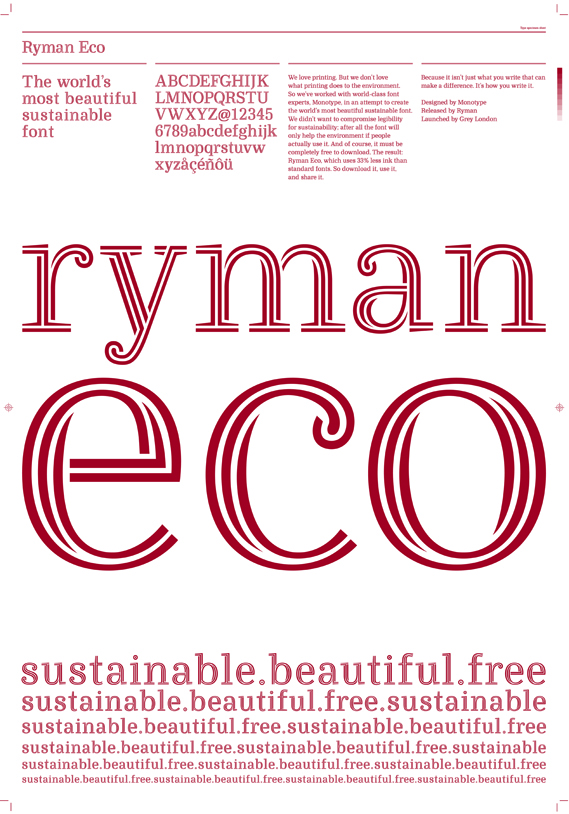
You can create designs that are both visually appealing and environmentally safe by using these methods.
5. Kinetic Typography: Motion and Interactivity
Kinetic typography involves moving text and is becoming popular in digital media. It is used in videos, websites, and apps to grab attention and convey messages dynamically.
Applications of Kinetic Typography:
- Advertising: Motion graphics make ads more engaging and memorable.
- Storytelling: Animated text enhances narratives, making content more immersive.
- User Interfaces: In apps and websites, kinetic typography guides users and highlights important info.
Advances in animation tools and web technologies will continue to boost kinetic typography’s popularity.
6. Cultural Diversity in Typography: Globalization and Inclusivity
As the world becomes more connected, there is a greater appreciation for cultural diversity in design. Typography is reflecting this trend.
Trends in Culturally Diverse Typography:
The future of typography will celebrate cultural diversity, fostering inclusivity and global communication.
7. Handcrafted Fonts: A Return to Authenticity
Now, people admire handcrafted things more and more. That is why handcrafted fonts are becoming popular again. These fonts stand out because they show personal creativity and care, which adds a special and unique feel to designs.
Characteristics of Handcrafted Fonts:
- Authenticity: These fonts convey a sense of personality that mass-produced fonts often lack.
- Uniqueness: Handcrafted fonts give brands a distinctive voice.
- Nostalgia: They evoke a sense of tradition and craftsmanship.
The rise of handcrafted fonts reflects a broader trend towards authenticity in design.
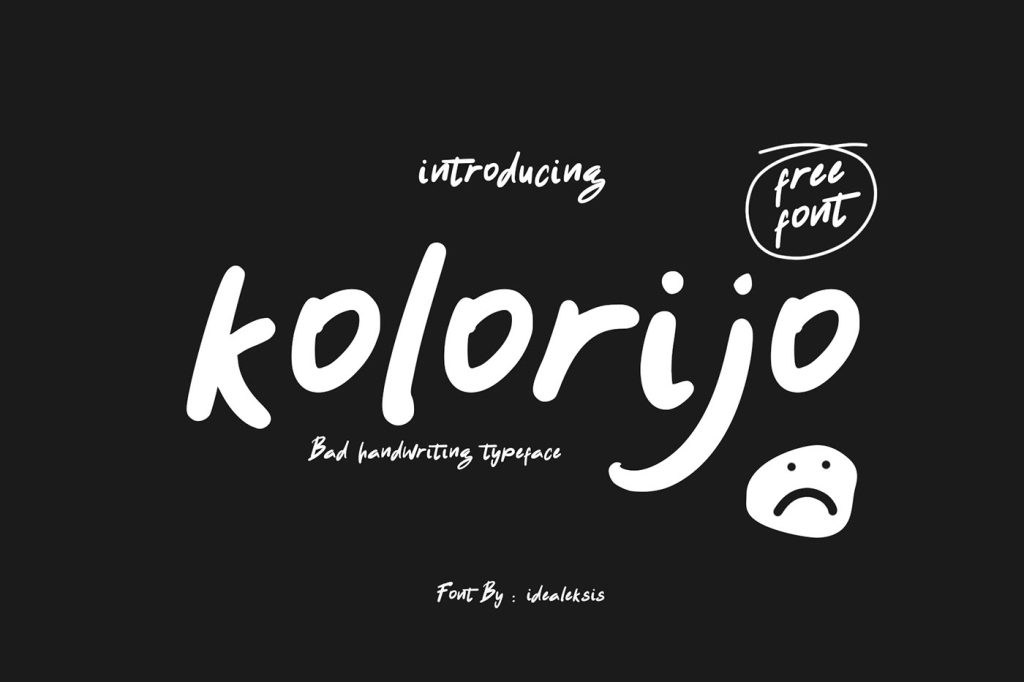
8. Open Source Typography: Collaboration and Innovation
Advantages of Open Source Fonts:
- Accessibility: Open source fonts are free to use, making quality typography accessible to all.
- Collaboration: Designers can improve open source fonts, fostering community-driven development.
- Innovation: Open source projects often lead to new ideas, pushing the boundaries of typography.


